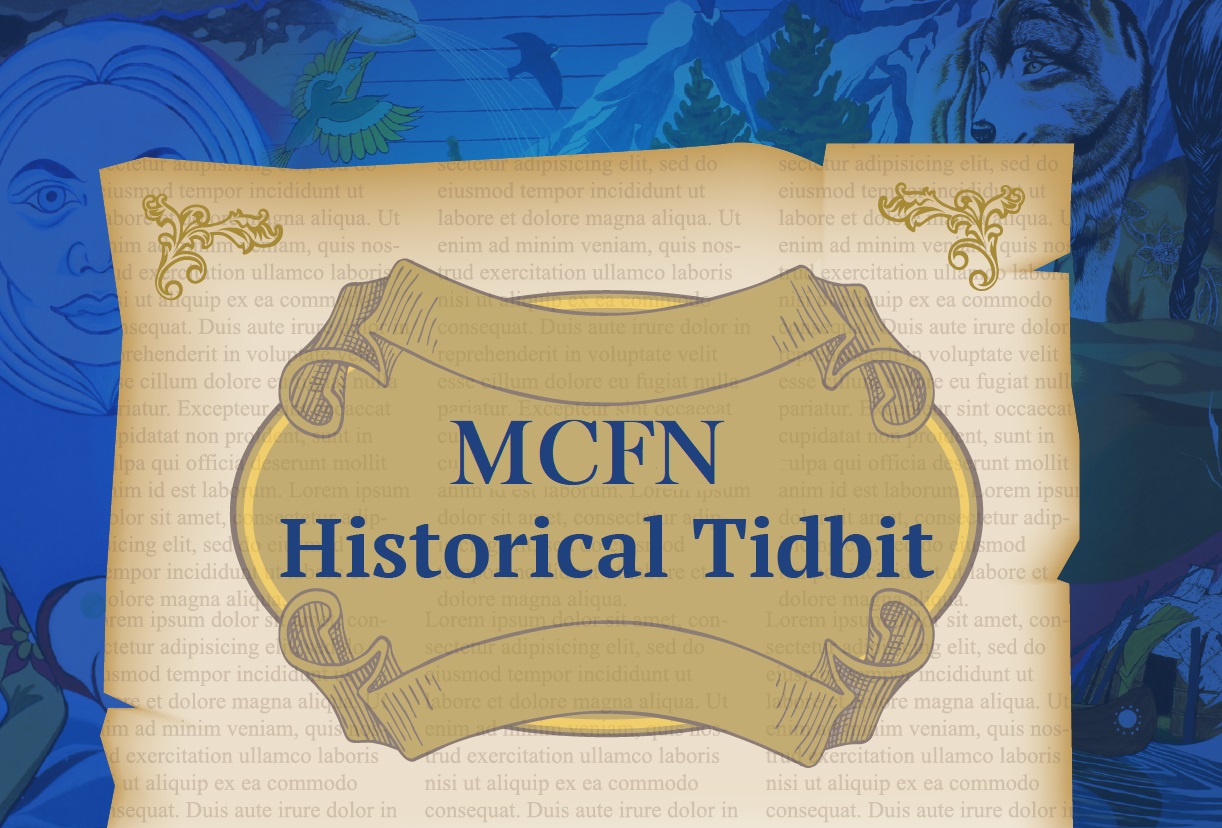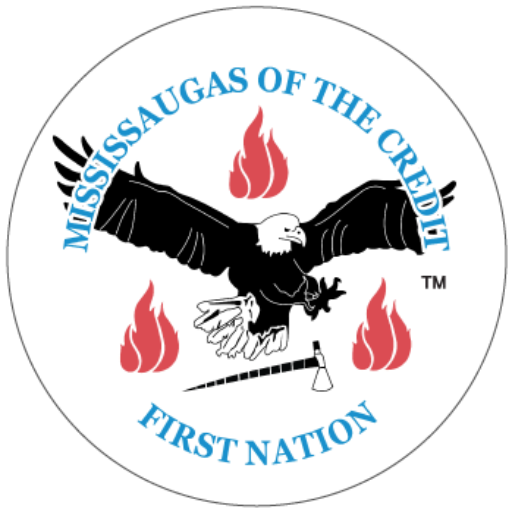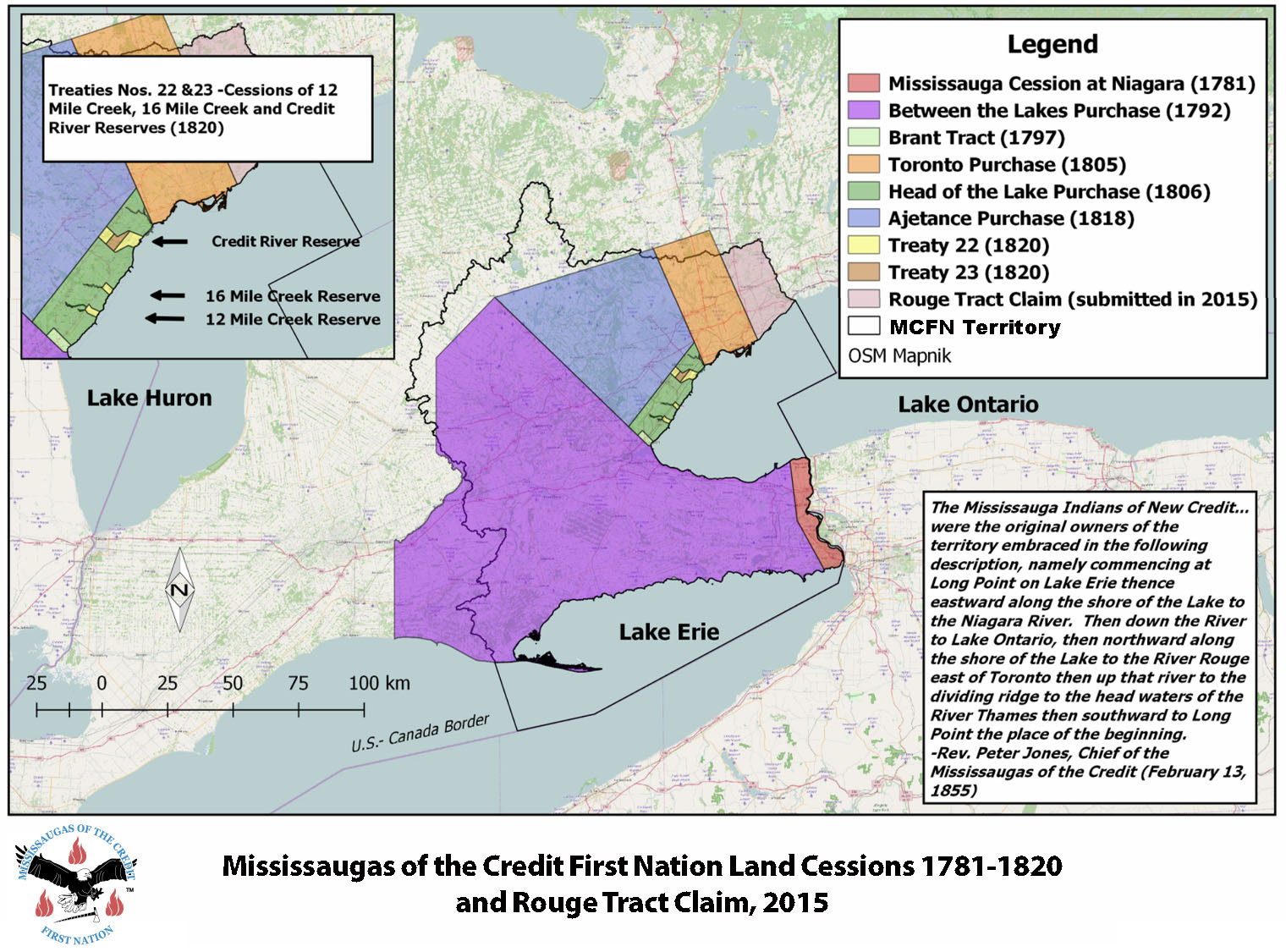Historical Tidbit – Chief David Sawyer
Posted on October 18, 2017

November 11, 2015 is the 126th anniversary of the death of Chief David Sawyer of the Mississaugas of the Credit. Born about 1812 at the head of Lake Ontario into the family of Chief Joseph Sawyer, David worked as a missionary, preacher, and interpreter at Saugeen, Muncey, and Nawash near Owen Sound.
He returned to live at New Credit in 1861 and after the death of his father in 1863 became head chief. Under his leadership New Credit became a prominent First Nations agricultural settlement. Long before books about Rev. Peter Jones and Dr. P.E. Jones were written, David Sawyer was the subject of his own biography in Conrad Vandusen’s The Indian Chief: An Account of the Labour, Losses, Suffering and Oppression of Kezig- ko-e-ne-ne (Davis Sawyer), a Chief of the Ojibway Indians in Canada West.
Published in 1865, the book illuminates the lives of both David Sawyer and his father, Joseph Sawyer
Miigwech to Darin Wybenga for researching and writing MCFN’s Historical Tidbits

